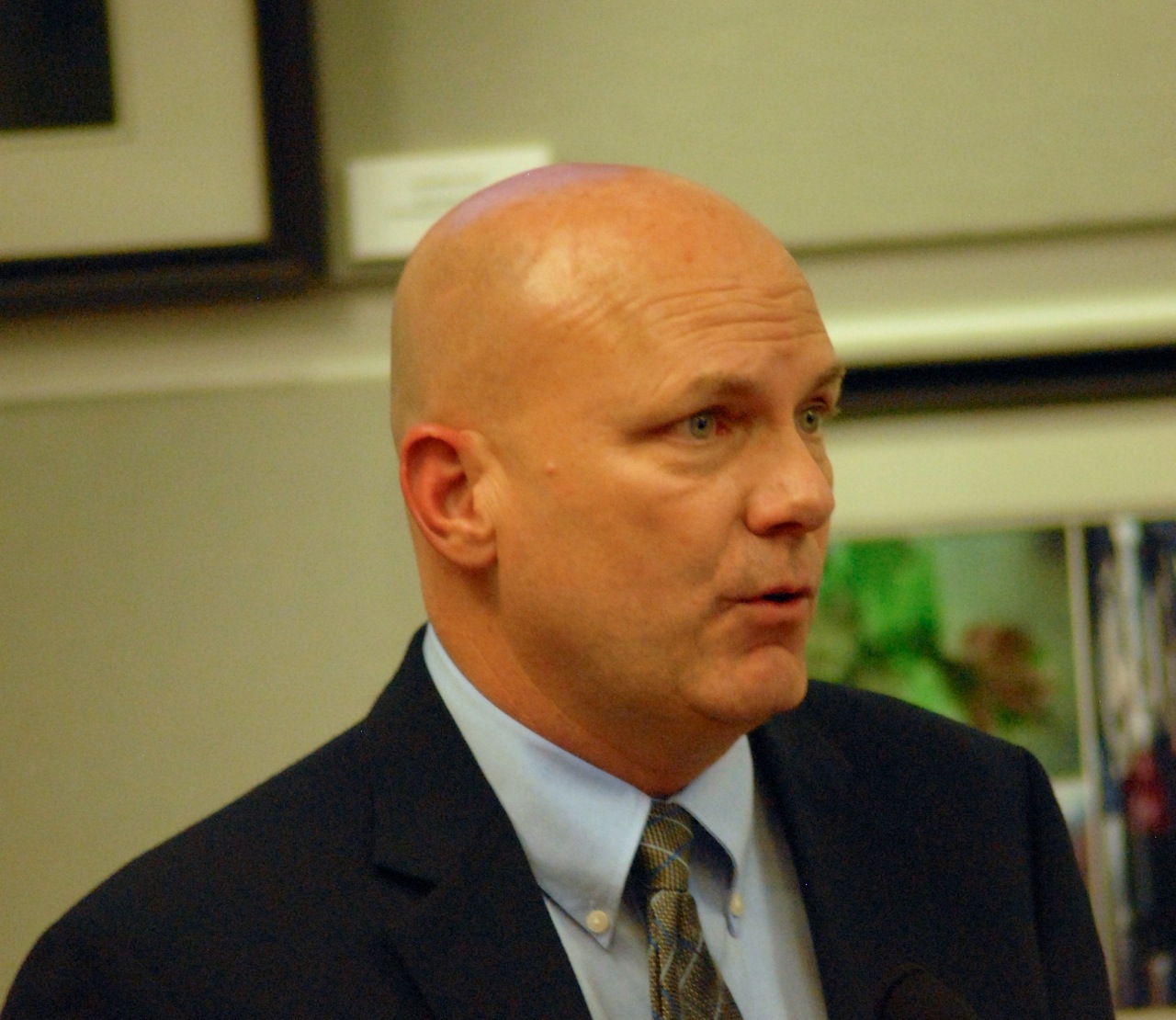Gubernatorial Candidate John Cox Denounces State Water Resources Board
John Cox Joins Farmers and Agricultural Community in Calling to #StoptheWaterGrab
News Release Edited By Patrick Cavanaugh
Gubernatorial candidate John Cox issued the following statements on the California State Water Resources Control Board’s recently proposed water plan that would divert between 350,000 and 1.7 million acre-feet of water away from Central Valley farmers annually.
The California Farm Water Coalition estimates the financial impact to Valley communities could be over $3 billion annually, with 6,500 jobs lost as a result.
Cox visited Fresno County last month to express support for the proposition 3 water bond. This announcement was ahead of visits to Fresno and Bakersfield.
“I am deeply disappointed yet sadly not surprised by the decision by the State Water Resources Control Board addressing flows on the San Joaquin river,” Cox said. “The complete failure of the Sacramento establishment to provide the necessary funding, authorization, and will to build adequate surface water storage is the single greatest reason California continues to suffer unnecessary water shortages. Even the most recent approval of funds by the California Water Commission for both the Sites and Temperance Flat reservoirs are but a fraction of the funds needed to complete these two vital water storage projects.”
“The time for action is long overdue and they need to stop the water grab,” Cox said. “As Governor, I and my appointments to all California boards and commissions—but in particular the State Water Resources Control Board and the California Water Commission—will take the steps necessary to develop sufficient water storage for California’s residential, agricultural, and business needs, while protecting our aquatic environment, the Delta, and our oceans.”
“Gavin Newsom is the very embodiment of the ‘Sacramento political class’ that ignores the plight of everyday Californians,” Cox said. “He will continue to spend countless billions of hard-earned tax dollars on proven failures like the so-called High-Speed Rail project rather than demand construction of essential water storage infrastructure to meet California’s needs—including environmental purposes, which today already use more water than all California agriculture.”

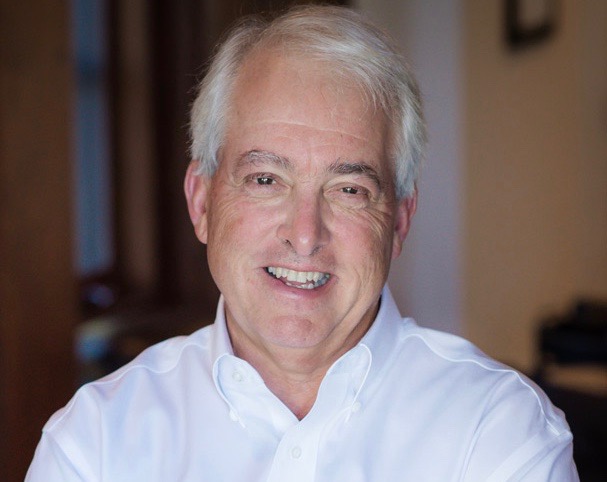
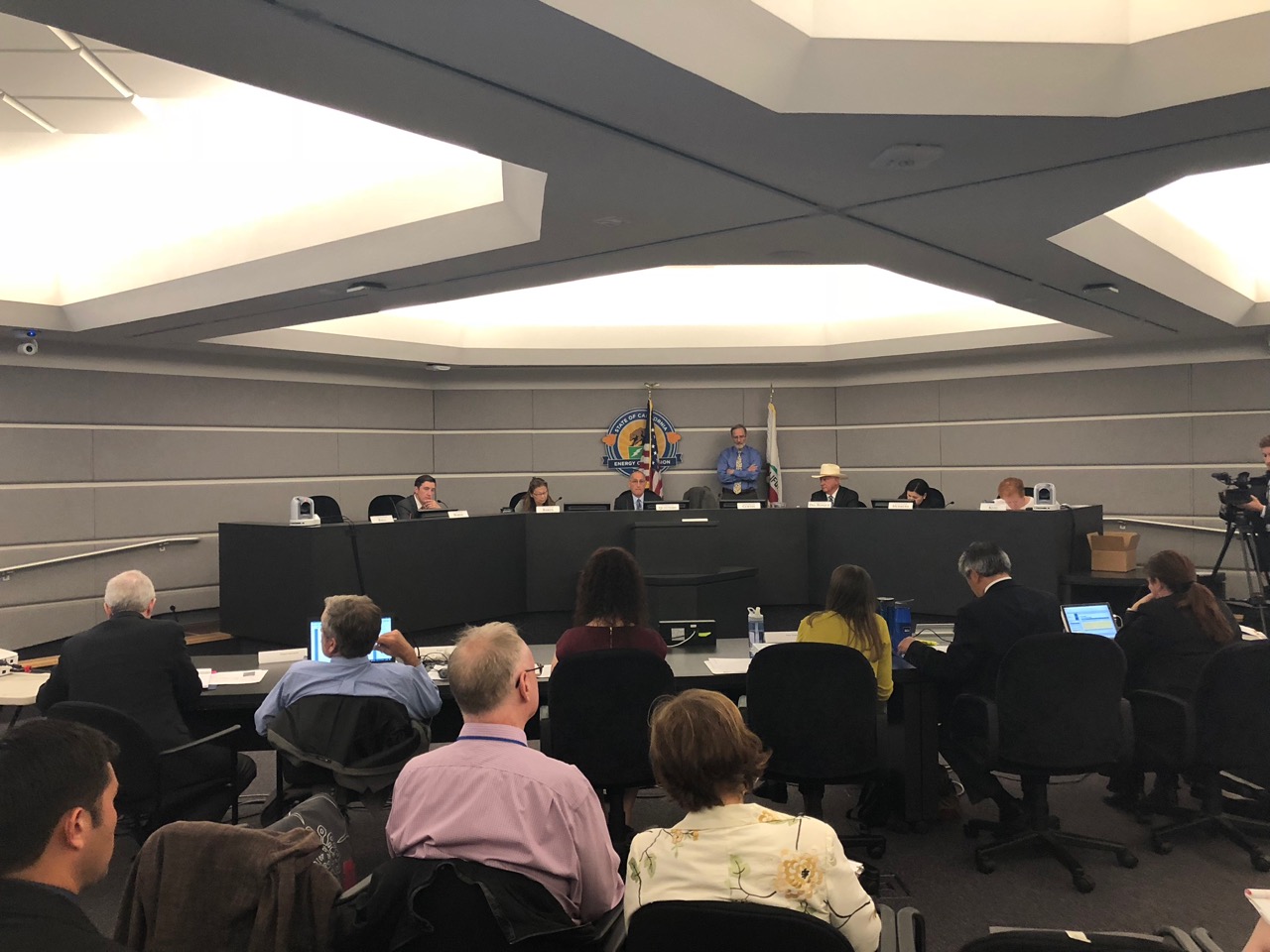

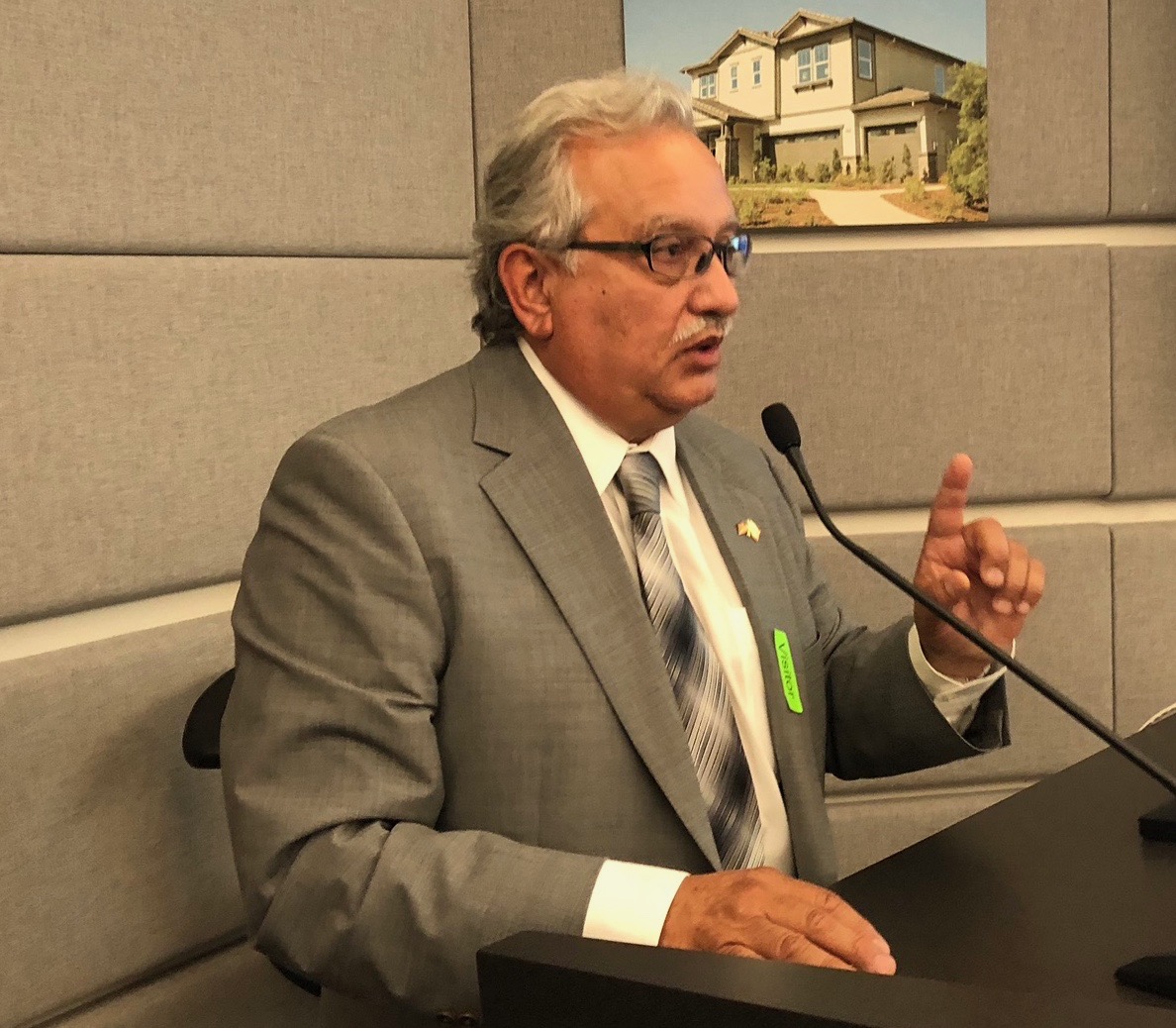



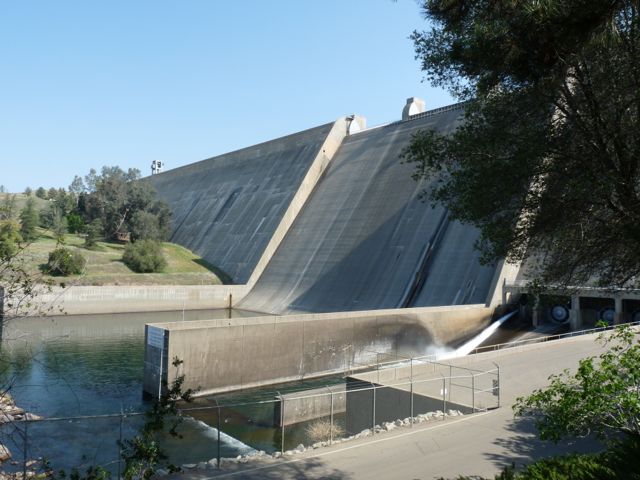





 California Ag Today: Wasn’t it 40 years ago when the dams were denied or no longer supported by the population?
California Ag Today: Wasn’t it 40 years ago when the dams were denied or no longer supported by the population?